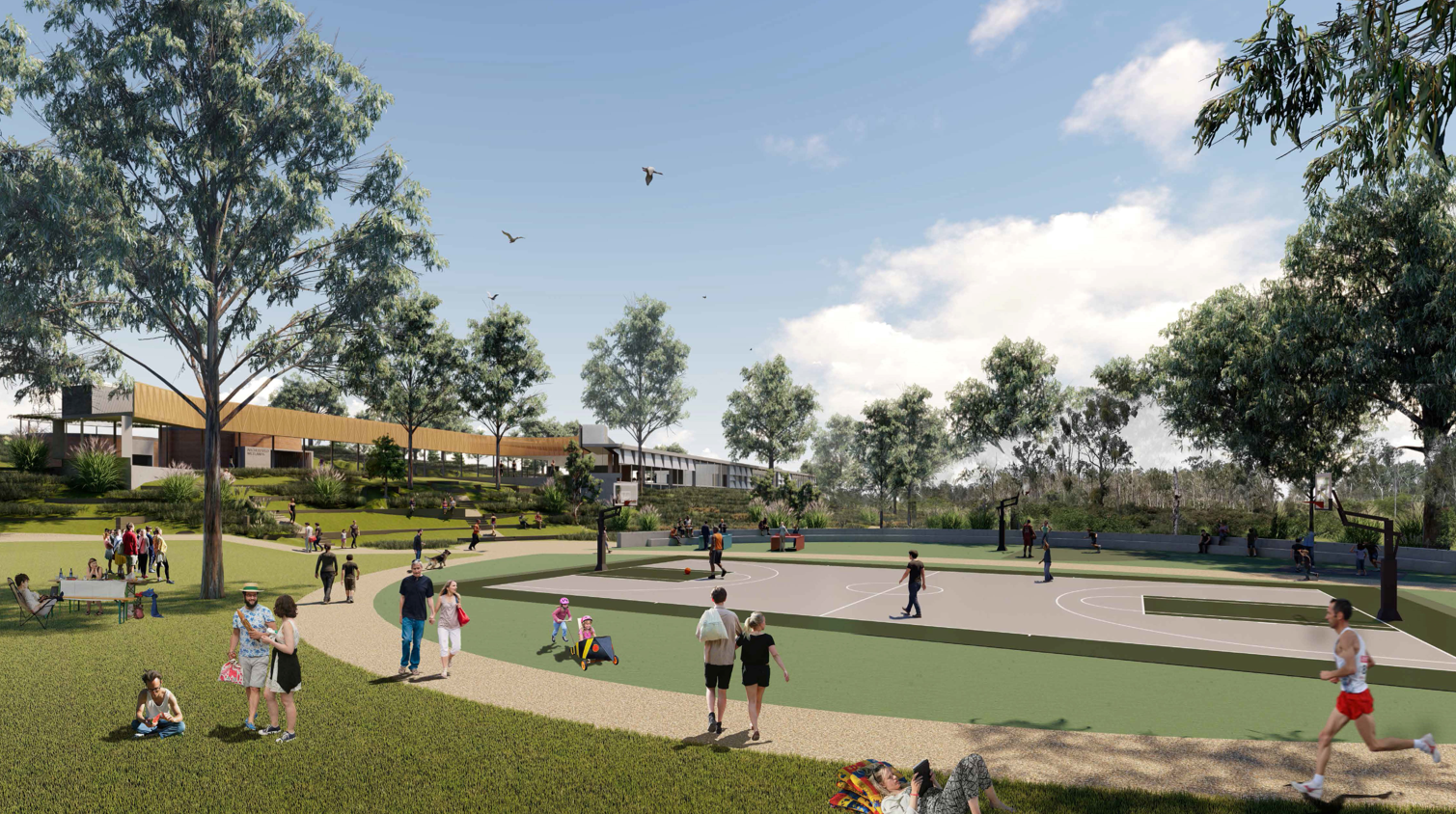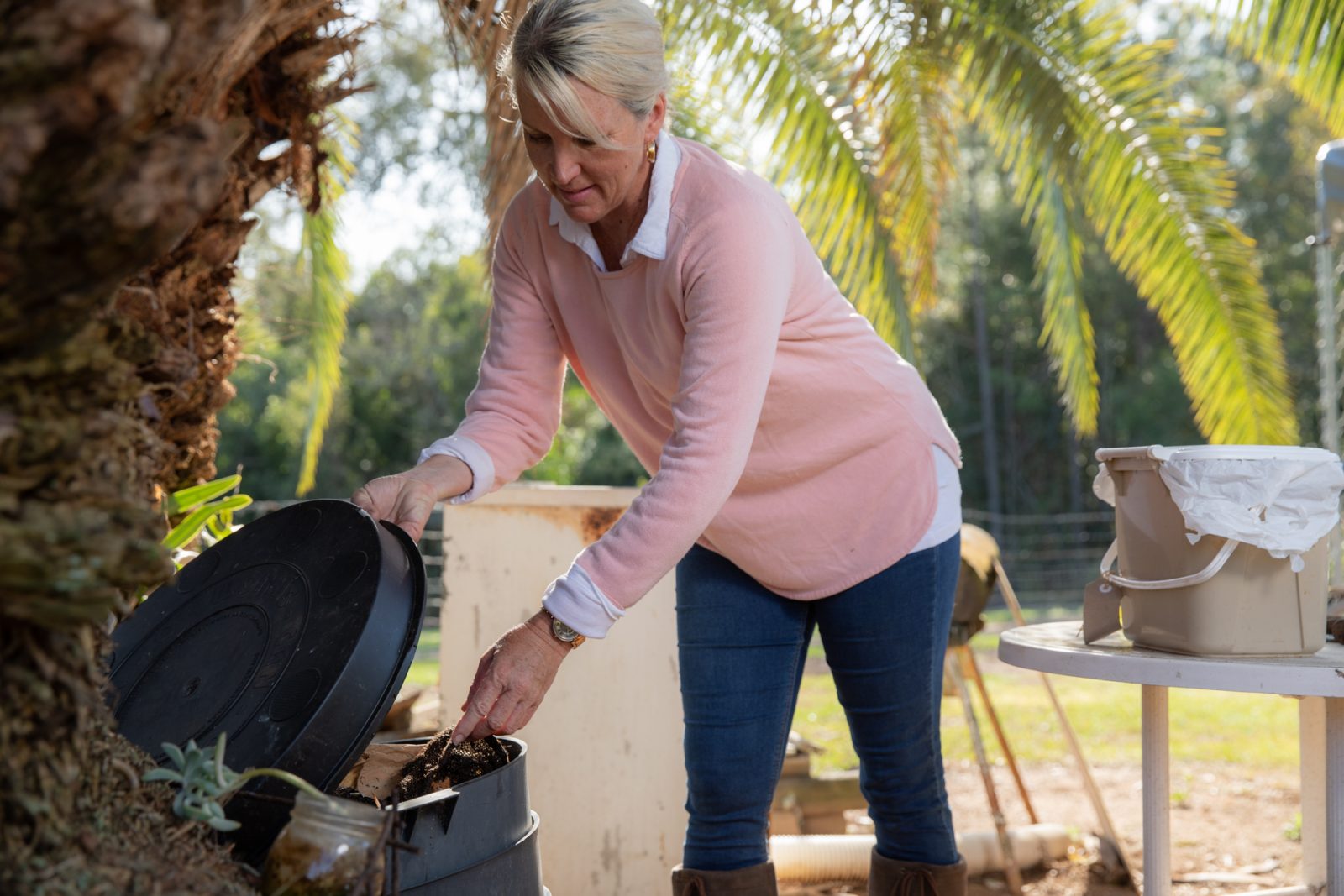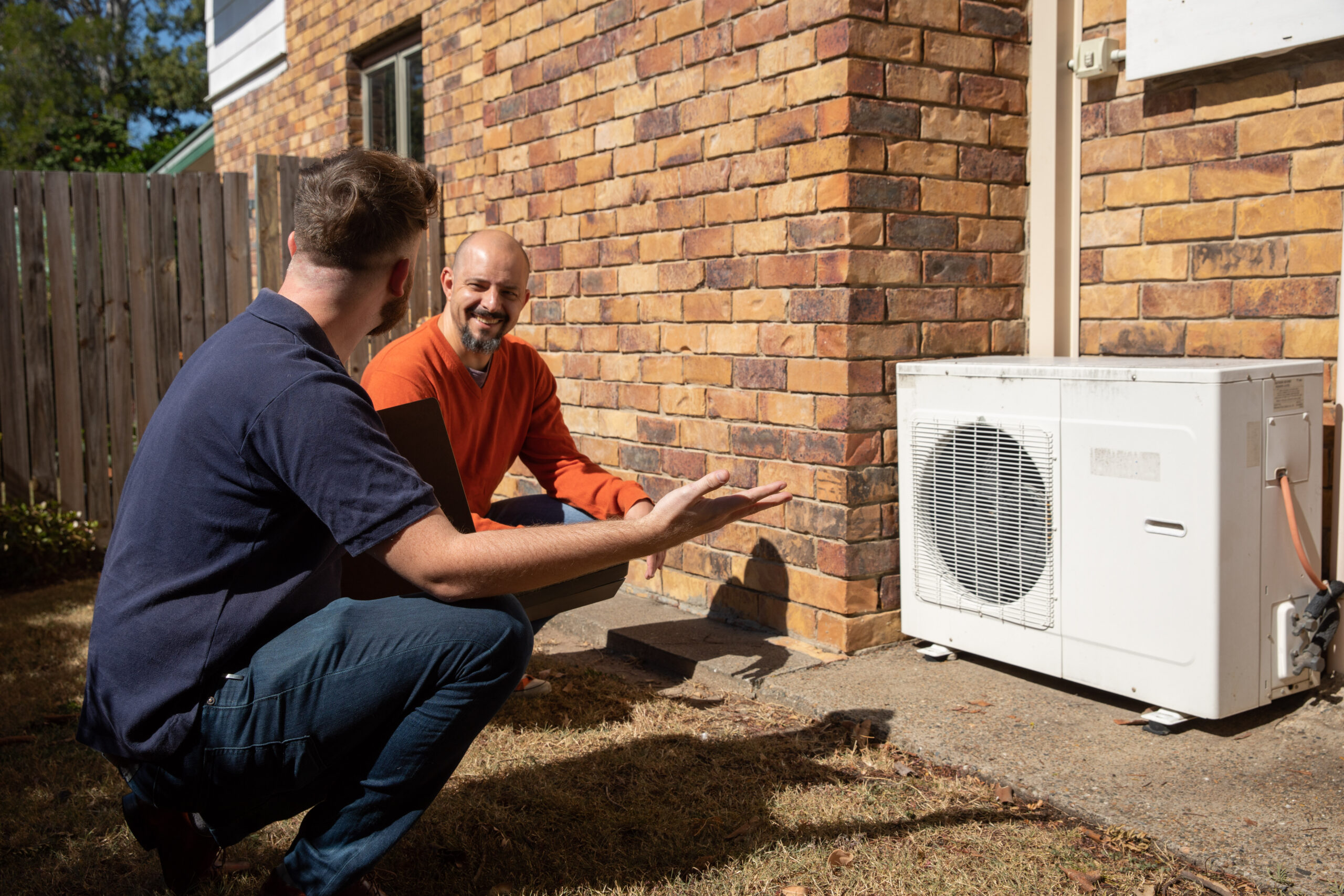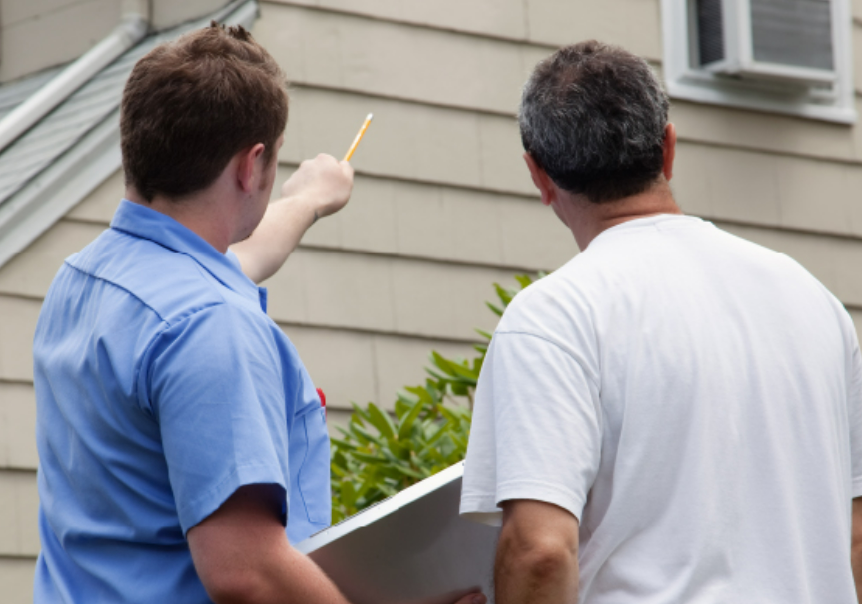The Lorimer household
The story of a Brisbane Carbon Challenge champion household.
Household:
SINGLE
Dwelling:
HOUSE
Ownership:
OWN
Total emissions reduction: 63%
Original emissions:
5.3 tonnes
Transport: 1.9 tonnes
Energy: 2.8 tonnes
Waste: 0.6 tonnes
Reduced emissions:
1.9 tonnes
Transport: 1.8 tonnes
Energy: 0 tonnes
Waste: 0.1 tonnes
About the household
Vicki Lorimer lives in her house in central Brisbane. Being a single-person household, Vicki’s emissions were already significantly lower than the Brisbane average of 11.5 tonnes, but she still managed to find ways to reduce her emissions across energy, transport and waste. Entering semi-retirement, Vicki chose actions that would support this next phase of her life.
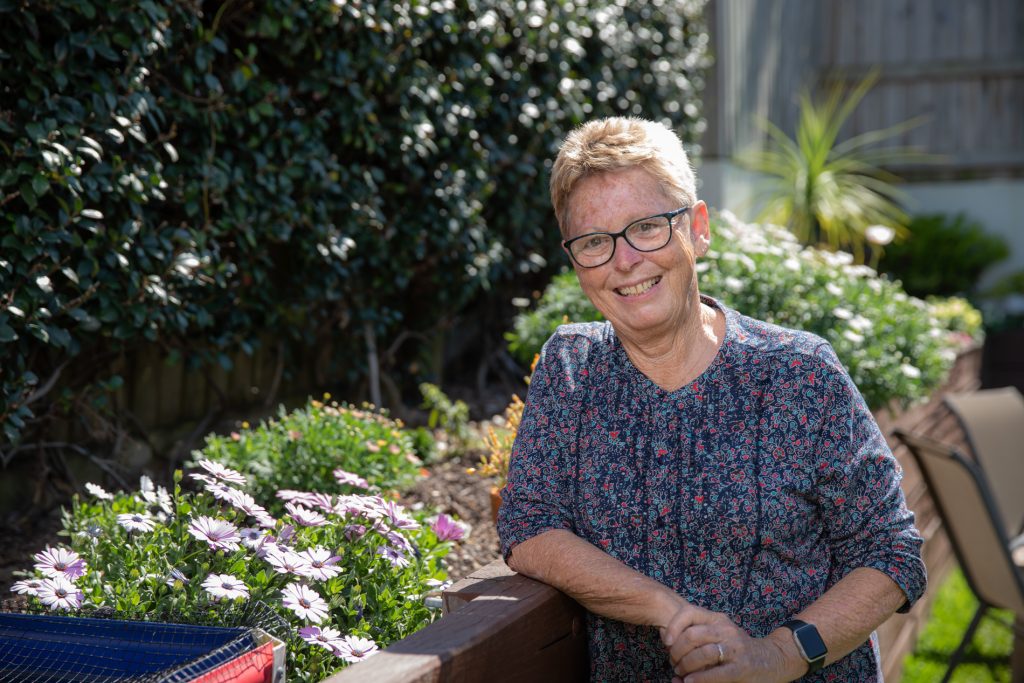
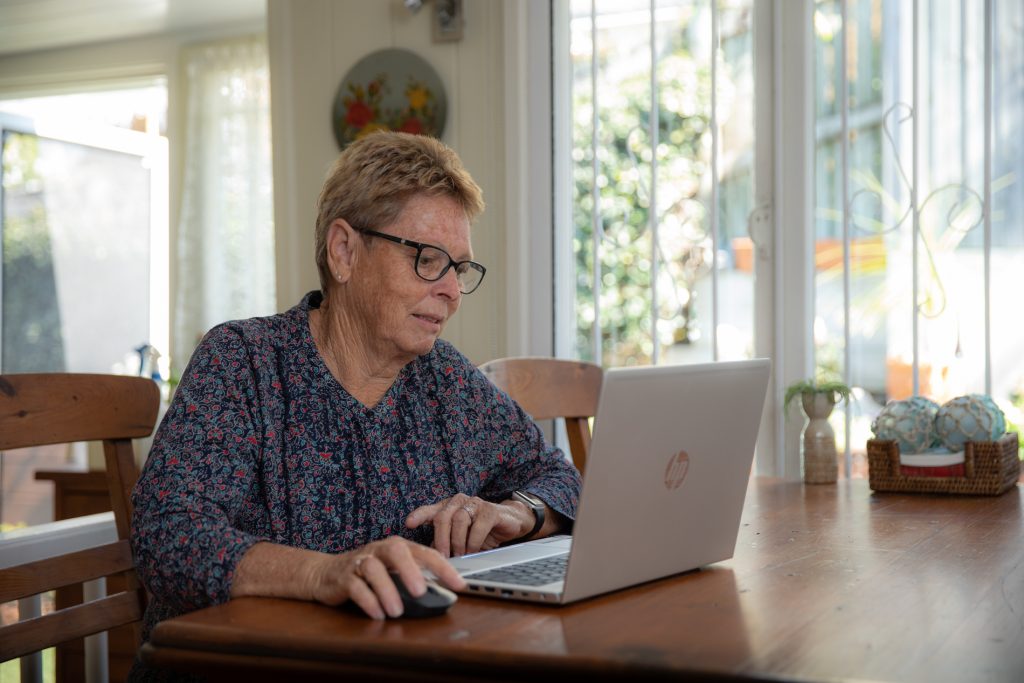
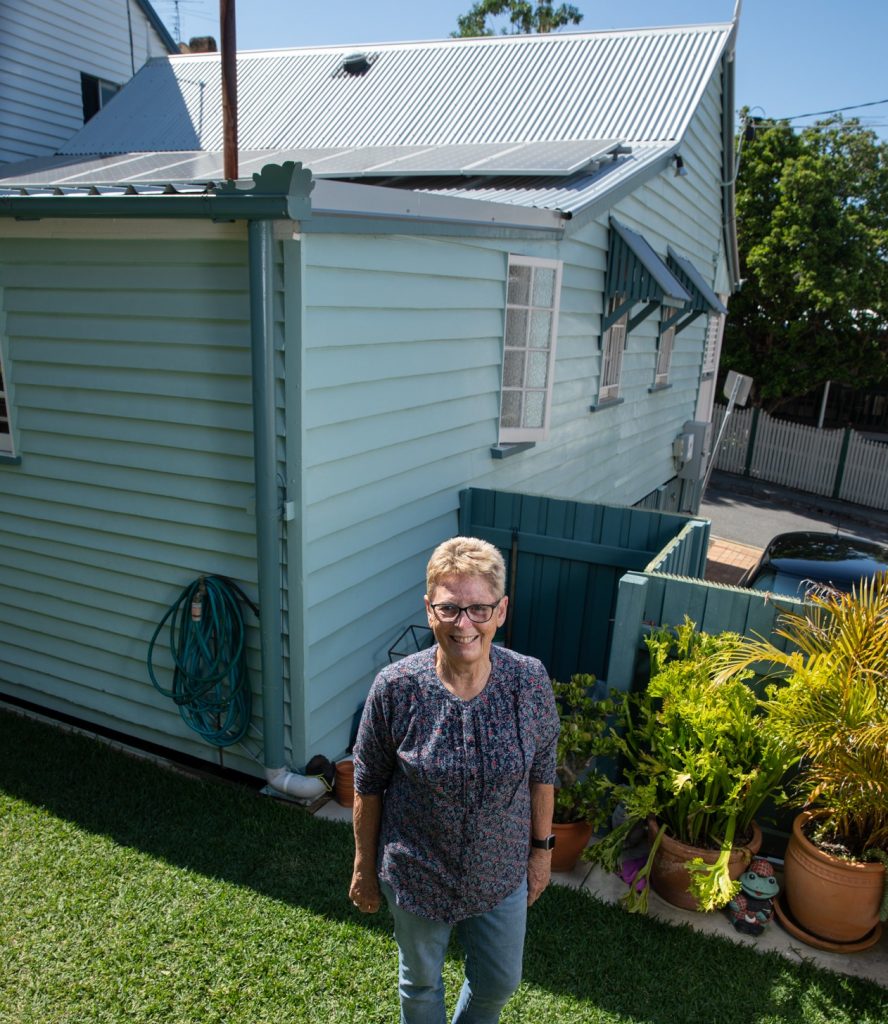
“I am very much more aware of my emissions and will continue to do whatever I can to keep on reducing.“
Vicki Lorimer
Successes
More solar, more savings
Vicki came into the Brisbane Carbon Challenge already using solar power. However, energy still represented 53% of her household carbon emissions, showing that there was an opportunity to reduce her emissions further.
With help and advice from the Brisbane Carbon Challenge, Vicki decided to upgrade to a larger solar power system that would better accommodate her energy needs. This was particularly timely as Vicki was entering semi-retirement, meaning she would be using more electricity during the day, as it was being produced.
Little changes with big impacts
While solar power helped reduce Vicki’s reliance on the electricity grid on sunny days, she was still determined to reduce her consumption on cloudy days and in the evening, bringing her bills down even further. To do this, Vicki became, ‘Very aware of [her] energy use,’ and made behaviour changes around the home such as using the heater less during winter and switching off appliances that were on standby (for example her washing machine, TV and kettle). Vicki also replaced her incandescent light bulbs with LED bulbs, an alternative that uses 80% less energy to run and lasts up to 5 times longer.
These small changes led to big savings. Vicki was very excited to notice that coming out of winter, her bill, ‘Was down 35% from the same quarter last year.’
Challenges
Having a green thumb (and bin)
Prior to taking the Brisbane Carbon Challenge, Vicki’s waste-related emissions were 10% of her total carbon footprint. While this may seem like a small portion, the average Brisbane household’s waste emissions are only 5% of the total carbon footprint.
When Vicki investigated what organic waste she could divert from landfill, she noted that, ‘I didn’t have much [food waste] to start with,’ so it was mostly garden waste.
While Vicki had space for a compost bin, to successfully compost she needed an even mix of carbon-based materials (e.g. food waste) and hydrogen-based materials (e.g. cardboard and dried garden waste). Unfortunately, Vicki had more garden waste than food waste, and wasn’t sure she could get the balance right. To manage her garden waste, Vicki took advantage of Brisbane City Council’s waived establishment fee for ordering a green bin and started using Council’s green waste recycling service. Since using the service, Vicki noticed that her, ‘Green bin has been really utilised.’
This didn’t mean her food scraps went to landfill, though. Vicki trialled a different approach to composting – she added her food scraps directly to the ground. This meant her scraps decomposed in place, adding their nutrients to the soil. While it’s possible to dig scraps into the ground, Vicki used an in-ground composting bucket that had holes in the sides to let the insects and worms get to work and a lid to keep the pests out. Vicki would simply lift the lid and add scraps. When full, she would let it rest for a few weeks and then dig out the compost, clean and reuse.
Utilising both the green bin and the in-ground composting bucket meant that Vicki’s general waste bin contains very little organic waste and is generally only ever 10% full.
Vicki’s low carbon action plan:
- upgraded solar power system
- purchased 100% renewable energy (GreenPower)
- replaced private vehicle use with public transport
- used E10 instead of petrol
- replaced desktop computer with laptop
- installed draught-sealing on doors
- used fans instead of air conditioners
- switched off lights when not in use
- upgraded lights to LED
- switched off appliances at the wall when not in use
- used green bin service for garden waste
- recycled waste paper and cardboard
- reduced food waste.

